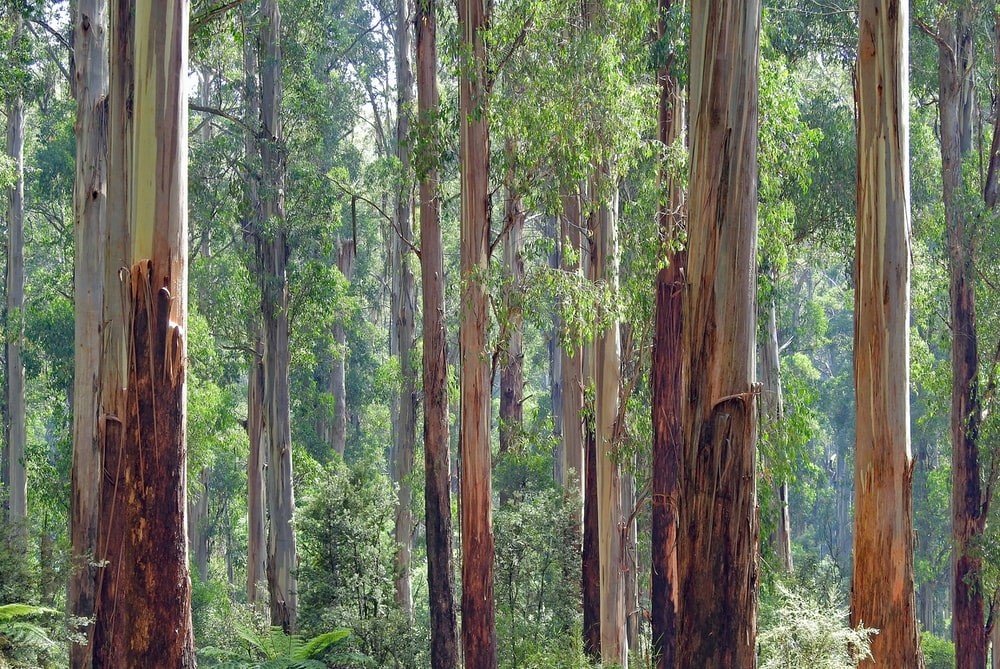
What is cellulose fabric?
We prioritise using viscose or responsibly sourced and sustainable materials in our supply chain
Cellulosic fibres and fabrics are a class of materials derived from the cellulose found in wood pulp and other woody plants such as bamboo. The raw material is crushed or melted, mixed with caustic soda, processed with carbon disulphide, and more caustic soda, before finally being pushed through a spinneret (like a fine sieve) into a bath of sulphuric acid to create the fibres.
The most common form of cellulose is viscose – a fabric that was invented in the late 1800s and first marketed as ‘rayon’ or ‘artificial silk’. Cellulosics or regenerated fibres are usually based on woody material (bamboo, beech, or eucalyptus trees, for example) but it can be sourced from protein fibres.
However, heavy chemical processing is required to make common cellulosics like viscose, so its production has a major impact on the environment and potentially on human health. At Do Good we always prioritise using sustainable types of cellulose material like lyocell that use responsibly sourced raw fibre, and produced in a more conscious way with organic solvents and less water.
A fabric made from cellulose fibre has unique properties when it comes to moisture absorption since it releases it out.
This prevents the development of bacteria, especially in comparison to synthetic fabrics, such as polyester. It is also a hypoallergenic material, which is why it has started to be used as medical clothing and in cosmetics.
CELLULOSE FABRICS WE WORK WITH:
TENCEL Lyocell/ Ecovero viscose
TENCEL Lyocell/ Ecovero viscose are sustainably made from the wood pulp of trees grown and harvested in certified FSC and PEFC forests.
The ‘Lyocell’ process which is kinder to the planet and more environmentally friendly than other processes used to make fibres from wood, such as viscose bamboo.
The production of LENZING ™ ECOVERO ™ fibers causes 50% fewer emissions and water pollution compared to generic viscose.
Acetate
Acetate is a human-made, semi-synthetic material derived from cellulose. More precisely, it’s made from wood pulp combined with chemicals like acetic acid (vinegar), acetic anhydride, and sulphuric acid. Fabric made from acetate is shiny, soft, and is usually used as an alternative to silk or rayon.
Hemp
Hemp is considered a carbon-negative crop, in that it sequesters more CO2 than it generates per harvest cycle. Additionally, hemp generates more fiber per acre in less time and with less water.
Hemp fibers are uniquely long, relative to other natural fibers.is also more absorbent and breathable, This quality also better supports the dying of hemp, requiring fewer pre- and post-treatments relative to other natural fibers.





